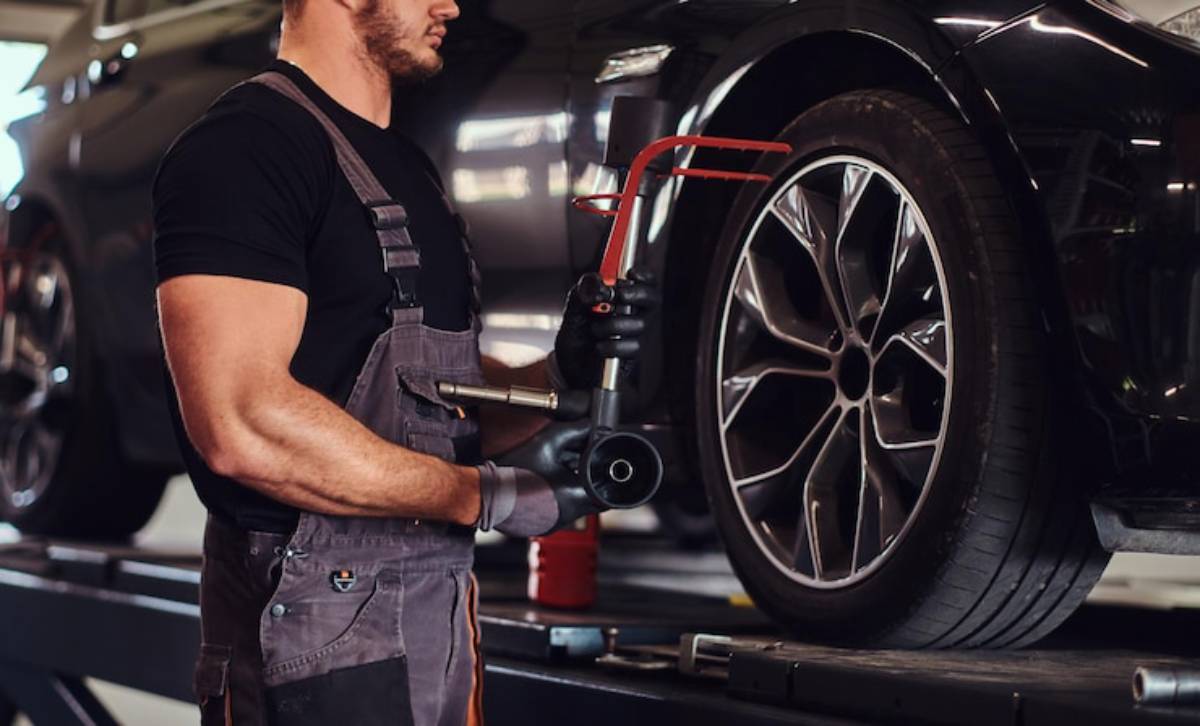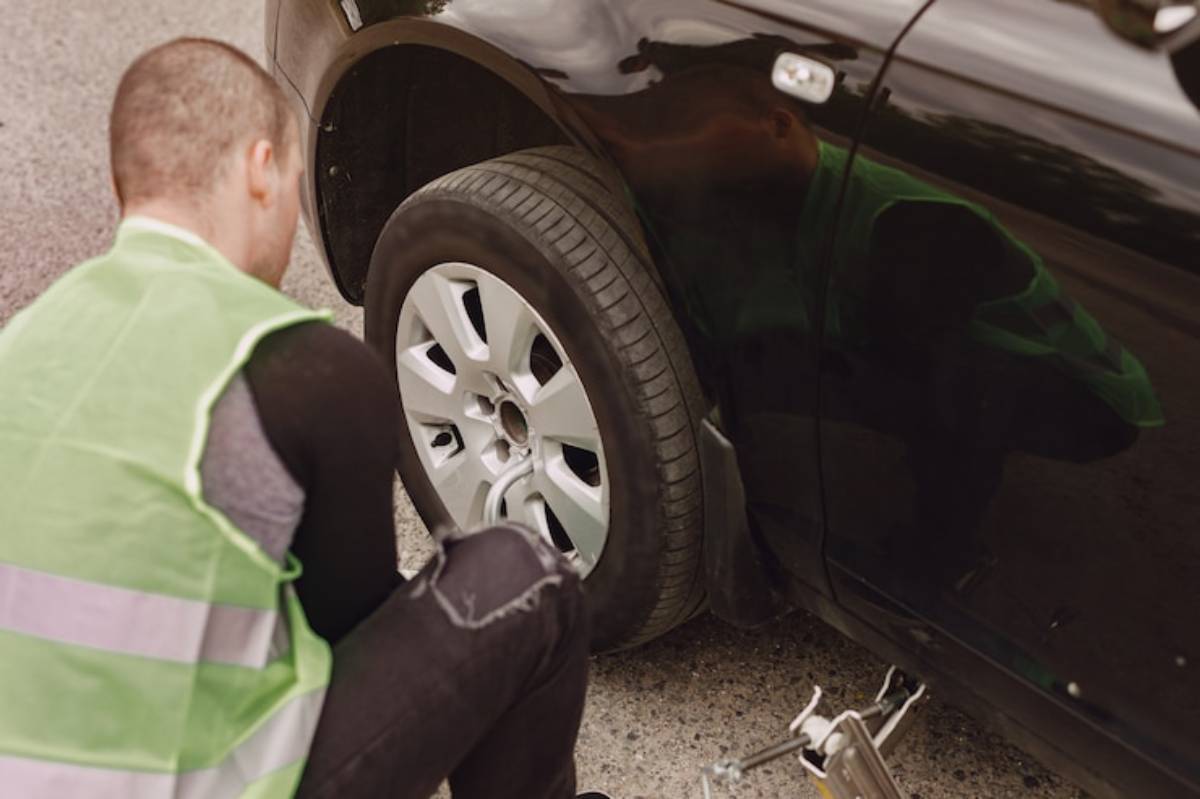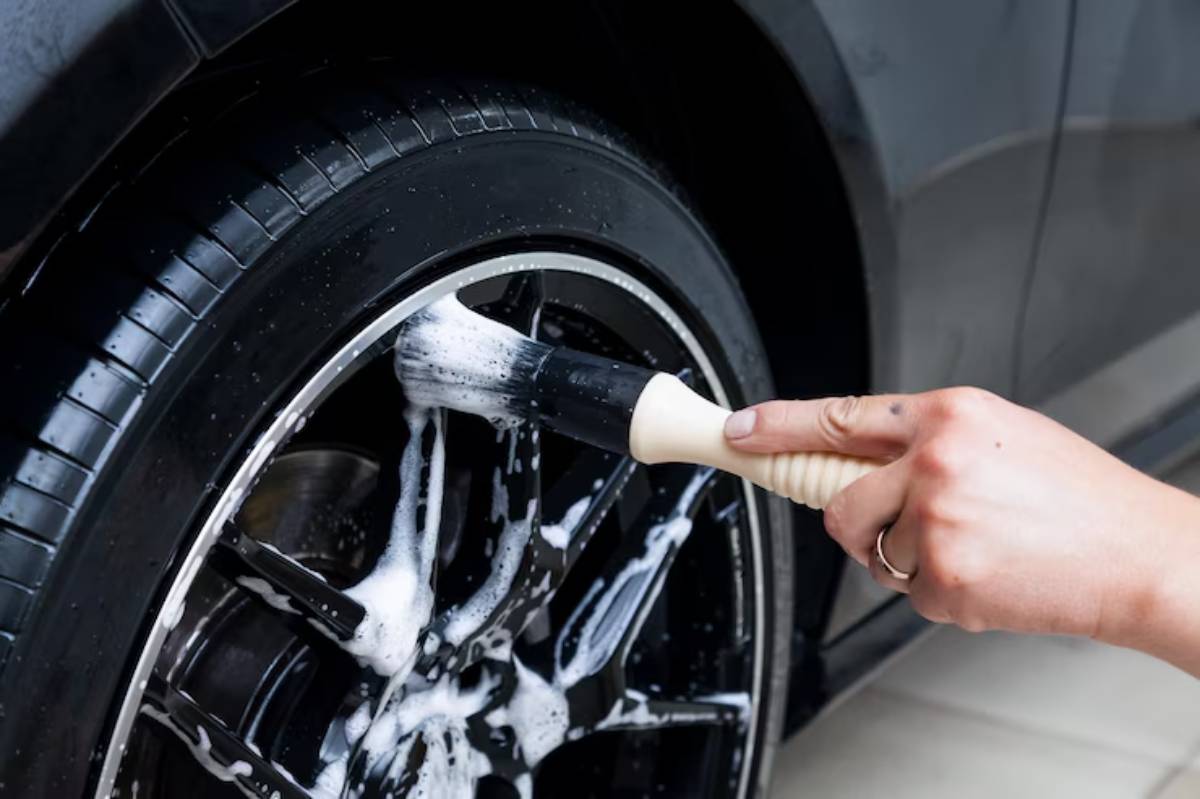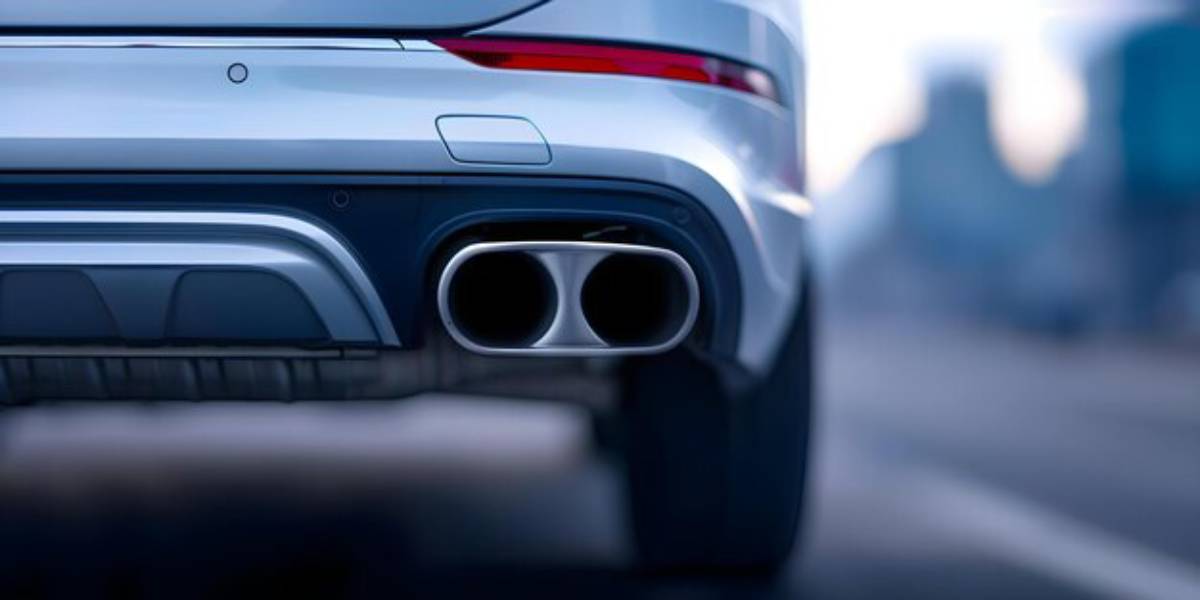
How to Maintain and Clean Your Custom Wheels
Picture spending a lot of your budget on beautiful custom wheels. But then, they lose their shine, corrode, or get damaged by brake dust in just a few months. Painful, isn’t it?
Custom wheels do more than look good. They show your style, hint at performance, and represent a financial investment. It doesn’t matter if you wore high-gloss chrome, matte black, or powder-coated rims. They need just as much care as your car’s engine or paint.
This guide’ll show you how to clean car rims, protect them from the weather, and discuss a maintenance routine to keep them looking great for years. To protect your car’s wheels and save money, you need these key supplies and expert tips for maintenance.
Why Wheel Maintenance Is So Important

Wheel maintenance goes far beyond aesthetics. Vehicle upkeep is crucial. It affects performance, safety, and long-term value.
- Extends Lifespan: Routine cleaning and checks help stop rust, corrosion, and early wear.
- Stops Brake Dust Corrosion: Brake dust has metal bits that rust fast. If it sits too long, it can damage the wheel surface.
- Repairs Save Money: Fixing scratched, stained, or corroded wheels can cost you hundreds. If you need a replacement, it can be even more.
- Boosts Resale Value: Keeping your wheels in good shape makes your car look great. This attracts more buyers.
- Preserves Overall Appearance: Neglected wheels can make a freshly waxed car seem tired and unkempt.
Just a few extra minutes each week can make your wheels last longer. They’ll also stay as sharp as when you first got them.
Common Causes of Wheel Damage

To protect your investment, you must first understand the culprits behind wheel degradation:
1. Brake Dust
Perhaps the most insidious threat is hot iron shavings from brake pads. These shavings stick to wheels and can damage their finish if not cleaned off. Brake dust is highly damaging over time because it’s metallic and abrasive.
2. Road Salt
Councils often spread salt in winter to combat icy roads. This salt is important for safety, but can harm alloy and chrome wheels. It causes rust and pitting, so rinse it off quickly.
3. Acidic or Abrasive Cleaners
High-acid wheel cleaners work well but can strip coatings or cause discolouration. These are especially dangerous for polished or matte finishes.
4. Curb Rash
A quick parking mistake can easily scratch, chip, or gouge your rims. While repairable, it’s best avoided with cautious driving and wheel protectors.
5. Neglect and Improper Washing
Simply letting grime build up or using harsh brushes and dirty cloths can lead to surface damage. Stains on porous materials, like aluminium or painted surfaces, are hard to remove. You often need professional tools to get rid of them.
Essential Supplies for Cleaning Car Rims
Before starting your wheel care routine, ensure you have the right tools. Using the wrong gear can cause more harm than good.

- pH-neutral wheel cleaner – Gentle on finishes but tough on dirt and brake dust.
- Soft wheel brush (non-metal) – This is for reaching tight spots without scratching.
- Microfibre cloths – For gentle drying and buffing.
- Bucket with grit guard – Keeps debris from recirculating onto your cleaning tools.
- Pressure washer or hose – Ideal for rinsing away tough grime.
- Detailing brushes – Useful for intricate areas like lug nuts and spoke junctions.
- Ceramic wheel sealant or wheel wax – It creates a protective layer that keeps brake dust and dirt away.
Step-by-Step Guide: How to Clean Your Custom Wheels Safely
Step 1: Cool Down the Wheels
Always begin with wheels that are completely cool to the touch. Heat can cause cleaning products to evaporate quickly, etching surfaces and reducing cleaning effectiveness.
Step 2: Rinse Thoroughly
Using a pressure washer or a strong stream of water, rinse away loose dirt, road grit, and brake dust. Direct water into the inner barrels, behind the spokes, and around the callipers. This will help flush out any hidden grime.
Step 3: Apply Wheel Cleaner Generously
Spray your pH-balanced cleaner generously on the whole wheel. Cover the outer surface, inner barrel, and brake parts. Allow the product to dwell briefly (usually 2–4), but never let it dry out.
Avoid acidic or heavy-duty degreasers unless specifically formulated for your wheel type.
Step 4: Agitate with Soft Brushes
Work the cleaner into every part of the wheel using a soft-bristled wheel brush. Switch to smaller detailing brushes for tight corners and lugs. Use light pressure—the goal is to lift grime without compromising the surface.
Step 5: Rinse Again
Flush away all the loosened dirt and cleaner residue thoroughly. If left behind, any remaining soap or cleaner can leave marks or accelerate corrosion.
Step 6: Dry with a Microfibre Cloth
Use a clean, high-quality microfibre cloth to pat the wheel dry. This prevents water spotting, particularly on chrome or polished finishes. Don’t reuse cloths used on bodywork. They can cause scratches due to cross-contamination.
Step 7: Apply Sealant or Ceramic Coating (Optional but Recommended)
A ceramic coating or wheel sealant creates a protective layer on your wheels.
- Reduces brake dust adhesion
- Ease future cleaning
- Provides UV and corrosion resistance
- Enhances appearance based on finish type
It takes just a few minutes but can preserve your wheels’ look and function for weeks.
Best Practices for Long-Term Wheel Protection
Good wheel maintenance isn’t just about cleaning once. It’s about forming consistent habits.
1. Clean Wheels First During Washes
Wheels are typically the dirtiest part of your car. Cleaning them first prevents transferring grime to already-clean panels.
2. Avoid Automatic Car Washes
The rotating brushes in drive-through washes can mar delicate finishes. Hand washing is always safer for custom or high-end wheels.
3. Address Brake Dust Weekly
A weekly rinse, even if you’re not doing a full wash, can help prevent build-up. If brake dust sits too long, it hardens and becomes far more difficult to remove.
4. Regular Inspections and Tyre Rotation
Inspect wheels for:
- Surface damage
- Cracks or chips
- Missing weights or uneven wear
Rotate your tyres every 6,000–8,000 miles. This helps spread wear evenly. It keeps your wheels balanced and lasts longer.
5. Protect Wheels in Harsh Weather
Winter driving can be ruthless. If you drive regularly in salted conditions.
- Rinse wheels weekly
- Consider switching to winter-specific wheels and tyres
- Reapply protective coatings more frequently
Specific Tips Based on Wheel Finish
Polished Chrome Wheels
- Use a chrome-specific polish monthly to maintain a mirror finish.
- Apply a wax or sealant after each cleaning to minimise rust formation.
- Rinse immediately after contact with road salt or grit.
Matte and Satin Wheels
- Never use wax, polish, or gloss enhancers — they compromise the finish.
- Use cleaners labelled explicitly for matte wheels.
- Blot dry rather than buffing to preserve the non-reflective look.
Powder-Coated Wheels
- More resistant to chipping, but still vulnerable to chemical damage.
- Stick with pH-neutral soaps and always rinse thoroughly.
- Reapply a mild sealant every few months to maintain its resilience.
Real-World Example: Josh’s Restoration Journey
Josh, a car detailer from Birmingham, got a vintage BMW E30. The chrome wheels were in bad shape. Over several months, he:
- Washed weekly by hand
- Used a clay bar to lift embedded contaminants
- Polished chrome with high-grade compounds
- Sealed the finish after every clean
The result? A factory-fresh shine restored through patience and technique. Josh says, “It taught me that cleaning isn’t just maintenance — it’s preservation. If you love your car, you respect its wheels.”
Conclusion: Show Your Wheels the Love They Deserve
Wheels are your car’s unsung heroes. They brave rain, gravel, brake dust, and salt — all while adding style and stance to your vehicle. Giving them the attention they deserve isn’t a luxury; it’s essential maintenance.
Clean properly, use safe products, and care for your ride. This way, you protect your investment and keep it looking great for years.
Whether you’re a weekend warrior or a detailing fan, add wheel care to your routine.


